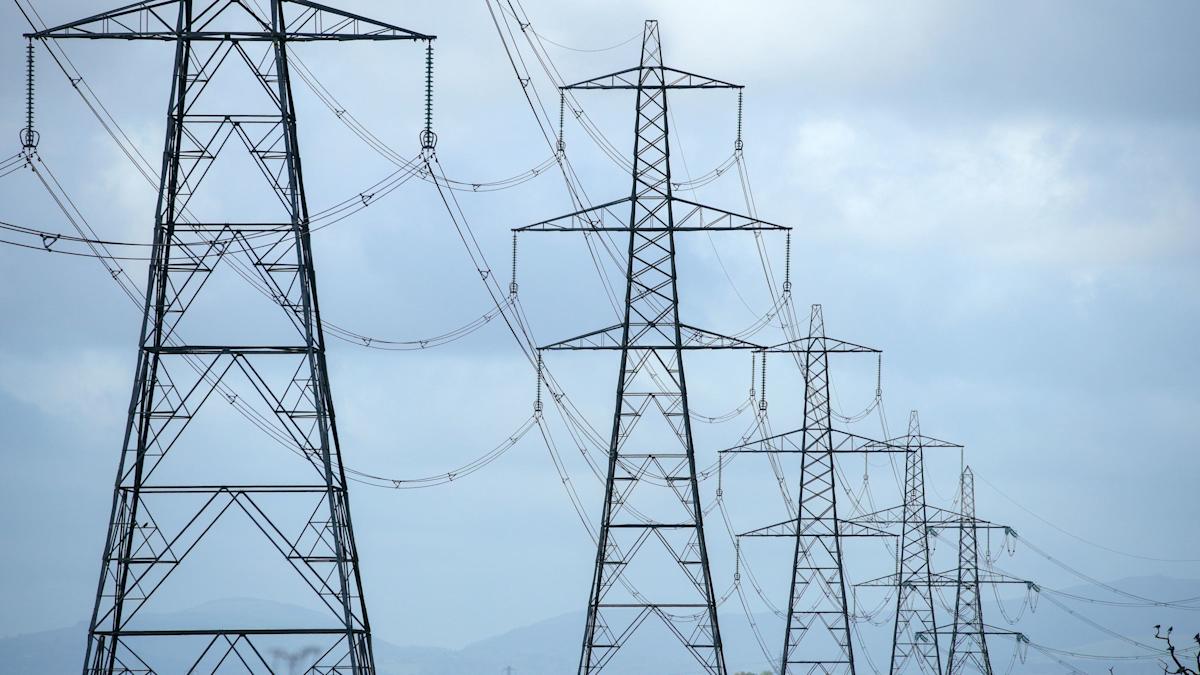Underground electricity cables are on average 4.5 times more expensive than overhead lines, an independent group of experts has found.
The report, overseen by the Institution of Engineering and Technology (IET), explored the cost of the different technologies that may be deployed to transport electricity across Britain in the next decade, such as underground cables, subsea cables, overhead lines carried by different types of pylons and emerging technologies.
The country needs to roll out thousands of miles of new cables in the coming years to meet growing demand, upgrade ageing lines and decarbonise the electricity grid as part of efforts to tackle climate change.
But public opposition to new overhead lines and pylons is strong, especially among potentially affected communities, with many campaigning for the transmission network to be buried underground.
The group of experts behind the report, released on Tuesday, found that the cost ratio comparing overhead lines and underground lines has not changed significantly since a similar IET report published in 2012.
Underground cables were found to be on average around 4.5 times more expensive than overhead lines and undersea cables were found to be on average five times more expensive than overhead lines.
Amid recent debates over the comparative expense, Professor Keith Bell, from the University of Strathclyde, said the team aimed “to get some objective truths on the costs and what’s really involved”.
“There’s a lot of people campaigning for the transmission network to be undergrounded,” he said.
“What we’re trying to do in this report is to provide some truth actually around what the cost is of undergrounding but also… to shine a light on the range of impacts.”
As such, the researchers looked into other “non-cost” factors of different options, such as environmental impact, carbon impact and local impact on communities – and how these may differ during construction versus operation and maintenance.
Even with evolving technology, the team said all of the options still come with downsides and trade-offs.
For example, while underground cables have a lower visual impact than overhead lines, they can cost more and have their own adverse environmental impacts, especially during construction.
Meanwhile, the development of transmission capacity using subsea cables off Britain’s coast might reduce the need for either onshore overhead lines or underground cables but would also have cost and environmental impacts.
Andrew Lovett, professor of geography at the University of East Anglia, said the team has tried to provide “as authoritative of a statement as we can of the average relative cost between different technologies”.
But he added that costs and benefits depend heavily on the specifics of individual transmission projects, their locations, and their desired outcomes.
“If you’re thinking about the options to select in particular circumstances, you’ve got to think about the cost, you’ve got to think about the various non-cost factors as well,” Prof Lovett said.
“What you might do in one set of circumstances and one location is not necessarily what would be the best choice in another set of circumstances but we tried in this report to set out what those different sorts of characteristics are now.”
Energy specialist Katherine Jackson, who is a project board member for the report, said the paper is also not intended to be used to make choices over individual projects but instead act as an independent source of information that can provide “a detailed evidence base” for those weighing up the best options.
“It’s to inform the public and individuals and Government and to help inform the decision-making that goes on,” she said.
From their research, the experts also found “major supply chain bottlenecks” that could affect the rollout of new transmission infrastructure, particularly with cables.
The main manufacturers reported that their order books are full and they have difficulties keeping up with delivery timescales on existing contracts.
“The ratios and relative comparisons are broadly in line with what we would have expected,” David Reid, global practice leader for integrated electricity networks at Mott MacDonald, said.
“But the extent of the pressure on the supply chain is very clear as a result of the work that needs to be done.”


